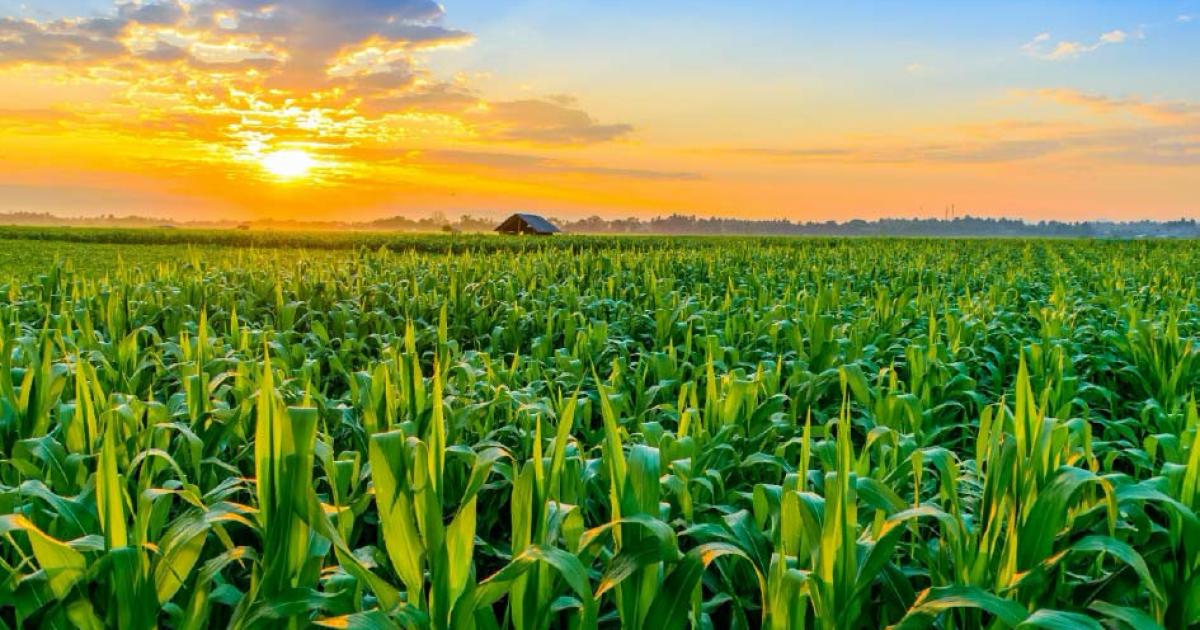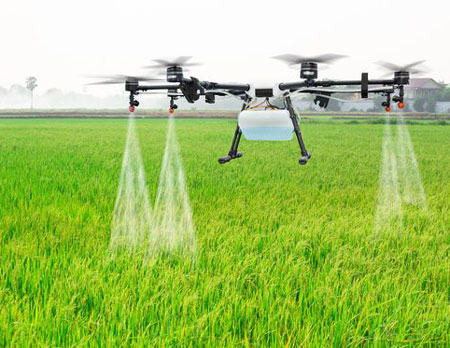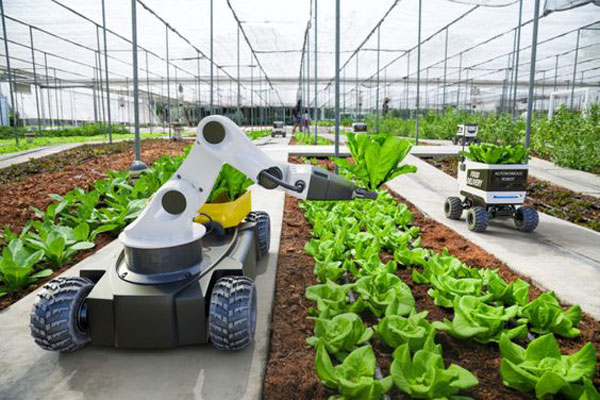Guava
Anthracnose

Colletotrichum gloeosporioides
Fungal Disease

Colletotrichum gloeosporioides
Fungal Disease

Colletotrichum gloeosporioides
Fungal Disease

Colletotrichum gloeosporioides
Fungal Disease
Anthracnose is a significant disease affecting guava, causing damage both before and after harvest. This disease is prevalent in guava-growing regions with high rainfall and humidity. It primarily affects developing flowers and young fruit, leading to postharvest losses as symptoms typically appear during fruit ripening.
Symptoms:
- Visible on Mature Fruits: Symptoms are most easily seen on mature fruit.
- Lesions: Small, sunken, dark-colored necrotic lesions form on the fruit surface.
- Spore Masses: Under humid conditions, the lesions become covered with pale-orange or salmon-colored spore masses (conidia).
- Lesion Spread: As the disease advances, the lesions coalesce, forming large necrotic patches that penetrate the fruit pulp.
This disease is a major cause of postharvest losses, making timely identification and management crucial for guava farmers.
Disease Cycle and Epidemiology:
- Infection Timing: Infection occurs before harvest, primarily through conidia (asexual spores).
- Spore Production: Conidia are produced on dead twigs, inflorescences, and necrotic lesions on leaves and fruits.
- Susceptibility: Inflorescences and young fruits are vulnerable, and infected parts may abort and fall off.
- Spore Spread: Rain splash spreads spores, leading to new infections. Symptoms can appear on any aboveground plant parts shortly after.
- Latent Infections: The pathogen can remain dormant for months without showing symptoms.
- Environmental Influence: Disease outbreaks typically occur during warm, wet weather, with more severe infection on injured fruits than on uninjured ones.




